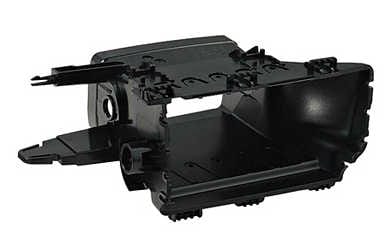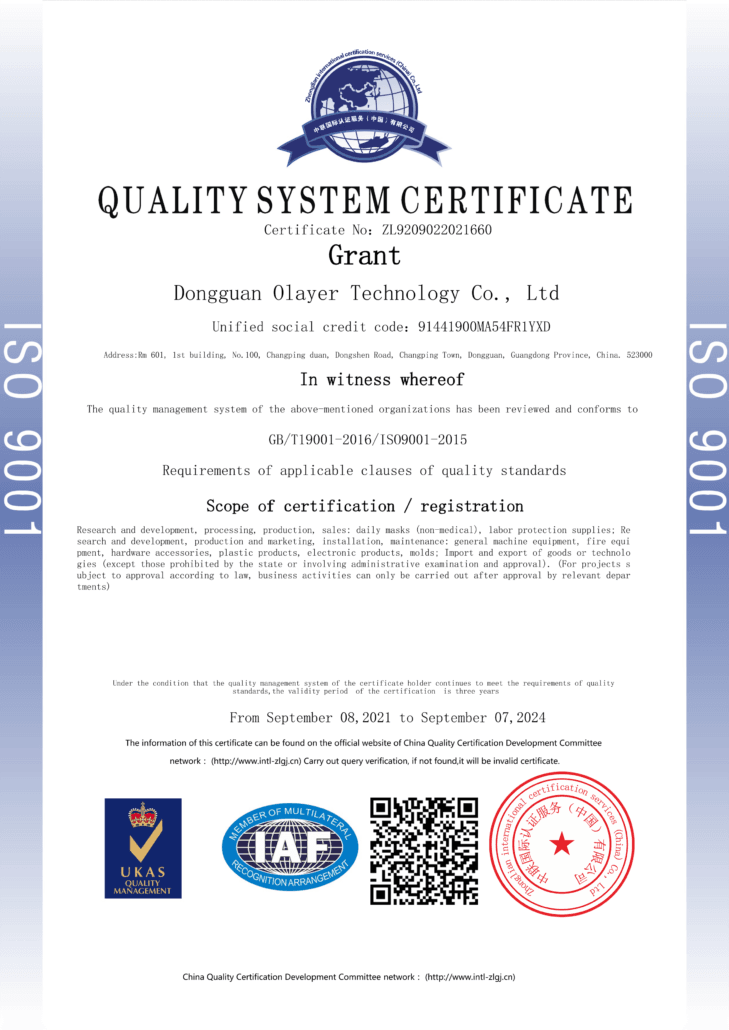Injection molding is a manufacturing technique for making parts from plastic material. Molten plastic is injected at high pressure into a mould, which is the inverse of the desired shape. The mould is made by a mold maker from metal, usually either steel or aluminium, and precision-machined to form the features of the desired part. Injection molding is very widely used for manufacturing a variety of parts, from the smallest component to entire body panels of cars. Services offered by providers of liquid injection molding include bonding, design assistance, graphics, tool or mold making, prototype or market entry molding, low volume production, high volume production, micro molding, large part molding, insert molding, two-shot injection molding, stamping services, assembly services, just-in-time capability, and packaging and shipping.
Liquid Injection Molding
Nowadays, liquid injection molding is becoming increasingly important. One reason for this is the increased performance requirements of the finished rubber parts. In addition, more and more producers of rubber parts are seeing the benefits in the high level of automation and productivity. Injection molding technology, using liquid rubber, combines the speed, cost efficiency, and versatility of plastic injection molding with the outstanding properties of silicone rubber. It is used in many applications where organic rubber cannot perform, such as military, aerospace, automotive, healthcare applications, etc. The use of silicone rubber combines the properties of resilience, high-temperature stability and inertness as silicone is generally unaffected by temperatures from 100 degrees Fahrenheit to 450 degrees Fahrenheit. Progress in liquid injection molding technology has made faster cures possible, enabling unit cost reductions.
Some common molding problems and their remedies
Scorch
Scorch is premature vulcanization of the rubber, before the flow of rubber in the mould is completed. The poor mould flow results in distorted or incompletely formed parts. To prevent or eliminate scorch, see that the mould is completely filled before the rubber starts to vulcanize. Assure that the mould cavity is uniformly heated.

Backrinding
This is a distortion of the molded product at the mould parting line usually in the form of a torn or a ragged indentation. Backrinding is generally caused due to the sudden release of internal pressure within the part when the mould is opened. So to prevent it make sure there is no roughness or excessive opening at the mould parting line and keep the molding temperature as low as possible for the vulcanizing agent used.
Entrapped air
Air entrapped in the mould or the rubber may produce soft, discolored areas in the surface or in the cross section of the molded part due to incomplete vulcanization. Remedies include
– Bump the mould
– Increase the amount of vulcanizing agent.
– Use a high temperature-vulcanizing agent that is less reactive with air.
– Vent the mould at sharp corners and undercuts.
Surface discoloration
This usually results from excess build up of mould release agent in the mould cavity, or from excessive dust or dirt in the preform. To prevent it clean the mold as often as necessary and keep the preforms clean. Use relea



